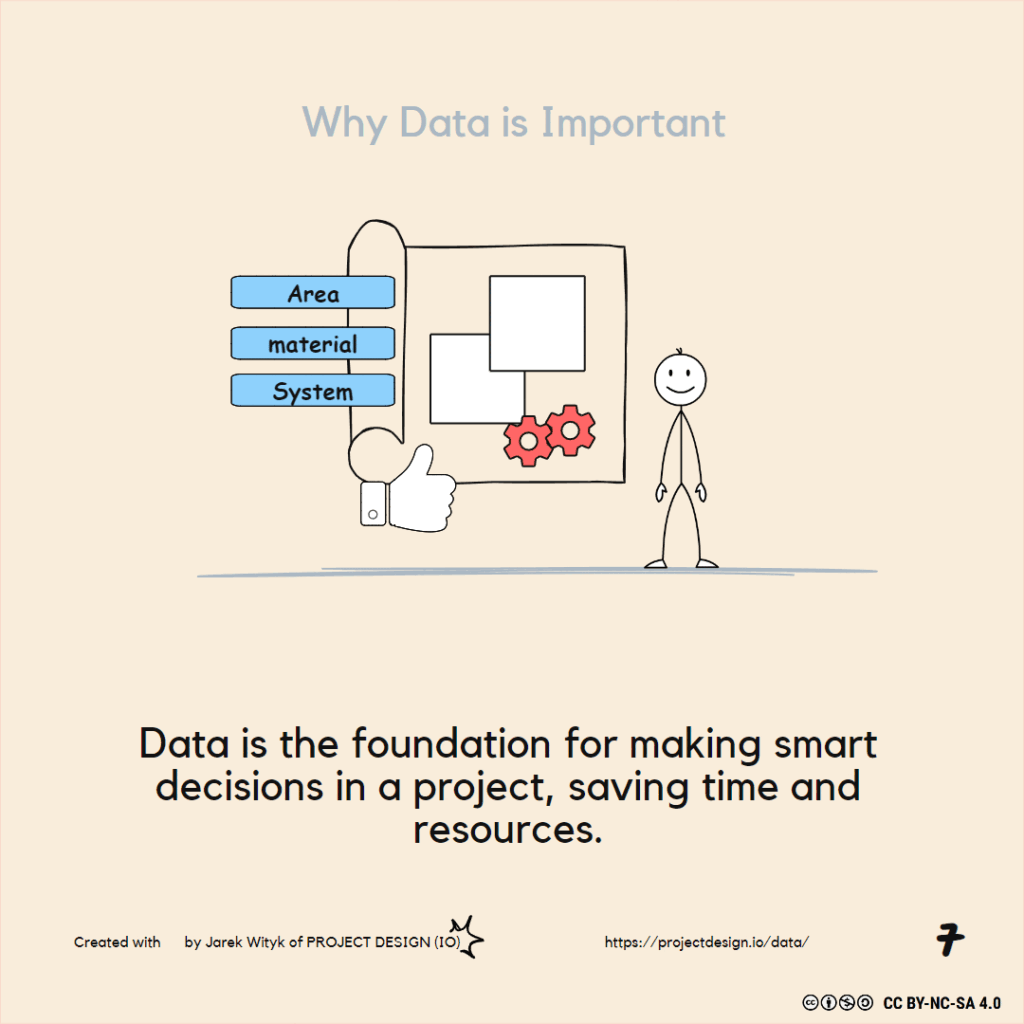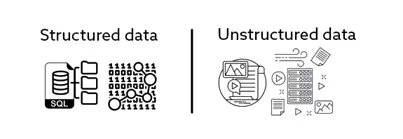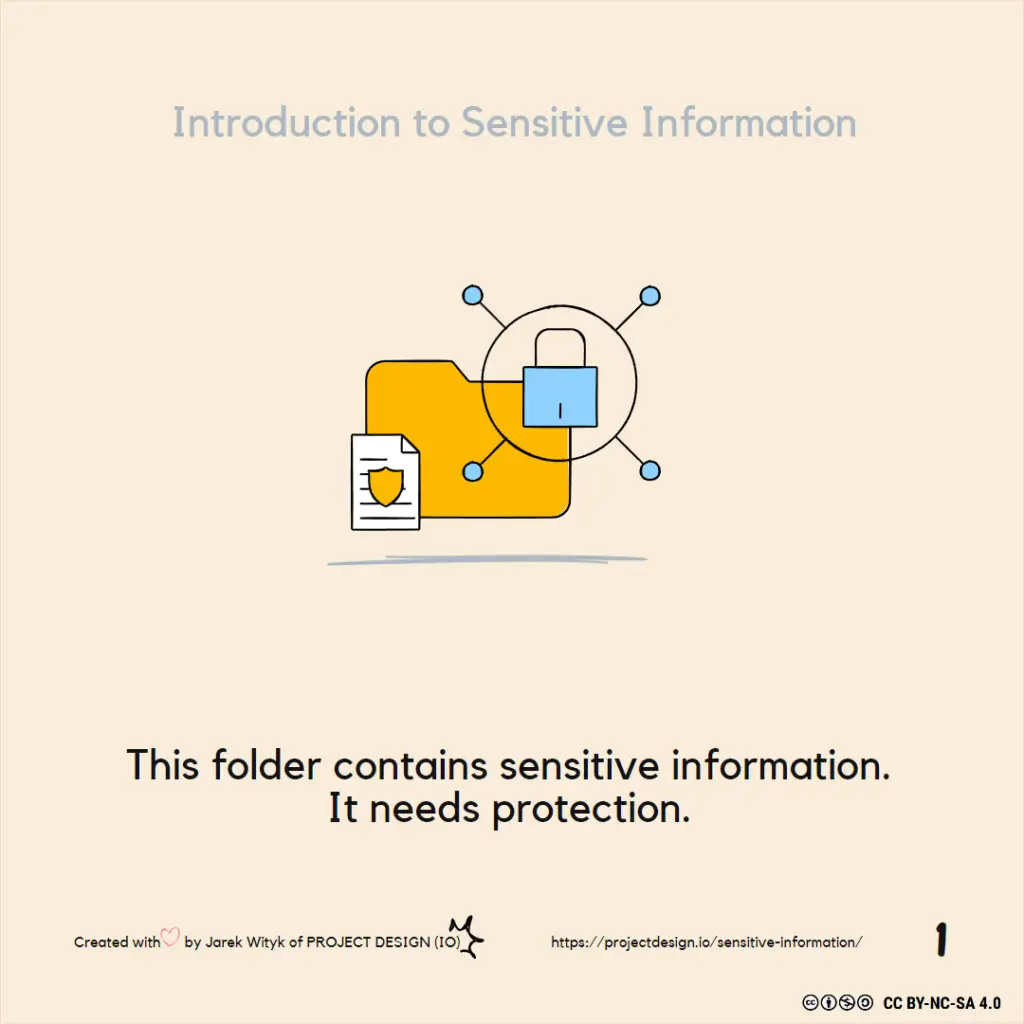Cyber-Physical Systems
Systems that include integrations of computation, networking, and physical processes with feedback loops where physical processes affect computations and vice versa4. An example of a Cyber-Physical System is a Digital Twin, where a building has a virtual model that is populated by sensor data from that building and uses computation to alter the state of […]
Ecocide
In environmental justice, ecocide is the criminalised activity of substantially harming or destroying ecosystems in their entirety or by harming individual species. At time of writing, 10 countries have criminalised ecocide, but the effectiveness of these laws depends on the ability and willingness to enforce them. [1] [1] Gürdür Broo, D., Lamb, K., Juvenile Ehwi, […]
data

ELI5-S1 BIM Basics E18_data Understanding Data in BIM: The Foundation of Smart Asset Management When we think about Building Information Modeling (BIM), it’s easy to get lost in the complexity of designs, assets, and management strategies. But at the core of every successful BIM project lies one fundamental element: data. In this blog post, part […]
Infrastructure
the structures that emphasize, organise and enable social functions. Individual units of infrastructure are known as assets. It is sometimes subcategorised into economic infrastructure, the networks of built assets that enable the creation of value like energy, ICT and water, and social infrastructure, the assets that enable social services and connections, such as transport networks, […]
Internet of Things (IoT)
This phrase refers to networked infrastructures that interconnect physical objects and allow for the management of the data they generate. A typical example of IoT is a home energy monitor connected to an app on mobile phone, or a voice-activated system such as Alexa or Google Home that allows the user to play music or […]
Contractor’s proposals (CP)
Contractor’s proposals (CP) in AEC industry refer to documentation prepared by tenderers for design and build projects or on a traditional contract where the bidder is to design specific parts of the works in response to employers’ requirements. The Employer’s Requirements (ER’s) are often referred to as Employer Information Requirements (EIR) referencing the superseded PAS […]
rationalise
In construction, to rationalise is to attempt to remove, explain or justify irrational quantities, processes or systems or else adjust unreasonable design decisions by employing logic or reason, (behaviour, attitude), even if these are not appropriate.
System of systems
A system of systems is a collection of many different systems, each with its own characteristics. [1] System theory assumes that certain underlying concepts and principles are applicable to different areas, although each field has developed for itself. The main assumption of system theory is that complex systems consist of several smaller systems, and that […]
systems thinking
System thinking is an approach to integration based on the idea that each component or part of a system acts differently when isolated from its environment and other parts of the system. Although the individual systems that make up the systems themselves can be independent and very different, their interactions can reveal and deliver important […]
system of insight
A system of insights can helps your company make decisions, and it is designed to be part of business decision-making process. It involves gather data, use it, find relationships and patterns, apply a solid analytical framework, report on automation and make decisions. [1] S. Jain, “System of Insight Market worth $ 3.4 billion by 2025 […]
ubiquitous access
The modern era of IT has turned to ubiquitous access to all organizations and users. The vision is to provide one “universal access,” i.e. access to all IT services, regardless of geographical location. This is one of the most important aspects of modern IT, and it is turning to the cloud to provide ubiquitous access […]
System of engagement
The System of Engagement is defined as a platform that manages supported digital engagement, of systems like Browsing, Web Chat, Messaging, videos (Facebook, WhatsApp, TEAMS, ZOOM, Signal, Slack, etc.), various apps like Project Management platforms (PROCORE, BIM360, Aconex, PlanGrid). It is also designed to grow and easily integrate additional APIs for customer engagement. This includes […]
change strategy

Concept of change strategy involves identifying objectives, formulating intervention concepts for change, forming and defining success parameters, and implementing strategies. This includes testing the effectiveness of the changes and their impact on the organisation’s performance. The cycles of small tests, combined with analysis of test results, integrate the learning generated throughout the process, which could […]
Business goals
Business goals drive organisational outcomes, helping to keep the focus on the company’s important short and long term priorities. The goals must be defined, understood, tracked, analysed, and measured to realise the possible gain. [1] One of the tools which can help to communicate company’s goals is to prepare a mission statement, which is a […]
Industry 4.0
Industry 4.0 is more than just manufacturing. Smart, connected technologies transform how we design, manufacture, use and maintain parts, products, and entire buildings. The interconnected technology also changes the way organizations use and respond to information to achieve operational goals and continuously improve project team and end-user experience. [1] BIM and Digital Construction should be […]
Post-appointment BEP
Post-appointment BEP confirms and defines the delivery team’s approach to information management in the appointed project. It is a BIM Execution Plan (BEP) which shall be re-submitted by the Lead Appointed Party and confirmed by the Task Team and the Appointing Party to demonstrate understanding, agreement and committed to the Exchange Information Requirements. It should […]
Appointor
UK BIM Alliance responding to the inconsistency between current guidance of CIC BIM Protocol, Second Edition 2018 and ISO 19650 Framework published updated Information protocol to support BS EN ISO 19650-2 the delivery phase of assets (Framework). The publication recognized the need for incorporation of new terms used in contract law, namely : ‘Appointor’ […]
Appointee
UK BIM Alliance responding to the inconsistency between current guidance of CIC BIM Protocol, Second Edition 2018 and ISO 19650 Framework published updated Information protocol to support BS EN ISO 19650-2 the delivery phase of assets (Framework). The publication recognized the need for incorporation of new terms used in contract law, namely : ‘Appointor’ […]
Information Interoperability

Information overload What makes construction management so challenging is the sheer amount of information available, the volume of the data means that we are often not able to extract or analyse the information quickly to make good project management decisions. The difficulty is not only the volume but also the format of the information. While […]
Security Management Plan
A document (or part of a document) identified in the Information Particulars setting out the security requirements for carrying out the Works in a security-minded way, including any policies, protocols, processes and procedures referred to therein. [1] [1] UK BIM Framework, 2020. Information protocol to support BS EN ISO 19650-2 the delivery phase of assets.
Sensitive Information

ELI5-S1 BIM Basics E16_Sensitive Information information, the loss, misuse or modification of which, or unauthorized access to, could:(a) adversely affect the privacy, welfare or safety of an individual or individuals;(b) compromise intellectual property or trade secrets of an organization;(c) cause commercial or economic harm to an organization or country; and/or(d) jeopardize the security, internal and […]
Risk Register
means a risk register containing the risks associated with the timely delivery of information as may be identified in the Information Particulars and/or provided in accordance with the Information Standard. [1] [1] UK BIM Framework, 2020. Information protocol to support BS EN ISO 19650-2 the delivery phase of assets.
Required Standard
means the level of skill and care applicable to the Party’s equivalent obligation under the Appointment. [1] [1] UK BIM Framework, 2020. Information protocol to support BS EN ISO 19650-2 the delivery phase of assets.
Mobilization Plan
A plan for the Mobilization of the Delivery Team’s resources in accordance with the Information Standard which is contained in the Appointment or, if no Mobilization Plan is contained in the Appointment, which was included in the Appointee’s tender response, as may be identified in the Information Particulars. [1] After the appointment and before the […]
Federated Information Model
Computer science and IT In the fields of computer science and information technology, a federated information model refers to a structure where data is stored across multiple independent systems but can be accessed and queried as if it were in a single database. Each system retains its autonomy and control over its data, but it cooperates […]
Conformance Class
Conformance class allows establishing relations from the information model of BS EN 82045-2 to any other object of relevance available information model. For example, the Project Information Model (PIM) Conformance class identifies the extent with respect to the reference information model, and the associated metadata elements. Conformance Class identify whether the information model meets a […]
Open Data
The Open Data Institute (ODI) defines open data as information that is licensed for anyone to use for any purpose at no cost. Open data can be accessed, used and shared by anyone and is not subject to restrictions, licence, copyright, patents and charges for access or reuse. The institute believes industries will benefit from […]
Resources Description Framework (RDF)
Resources Description Framework (RDF) major component of the semantic web as they provide a means for identifying resources with Namespace (NS)
Semantic Web
The Semantic Web, as defined by Ontotext[1] is the extension of the existing information and data on a network (or Web) to include data descriptors, which are intended to allow machines to make “meaningful interpretations” of the information in a similar way to how humans process information. Evolution of the Semantic Web is leading to […]
data aggregation
Data aggregation refers to a process that involves gathering information and expressing it in summary form for statistical analysis or other purposes. In many cases, data aggregation is exclusively done to get more information about particular data sets based on explicit variables such as issue type, weather, stakeholder etc. In relation to BIM and Digital […]

